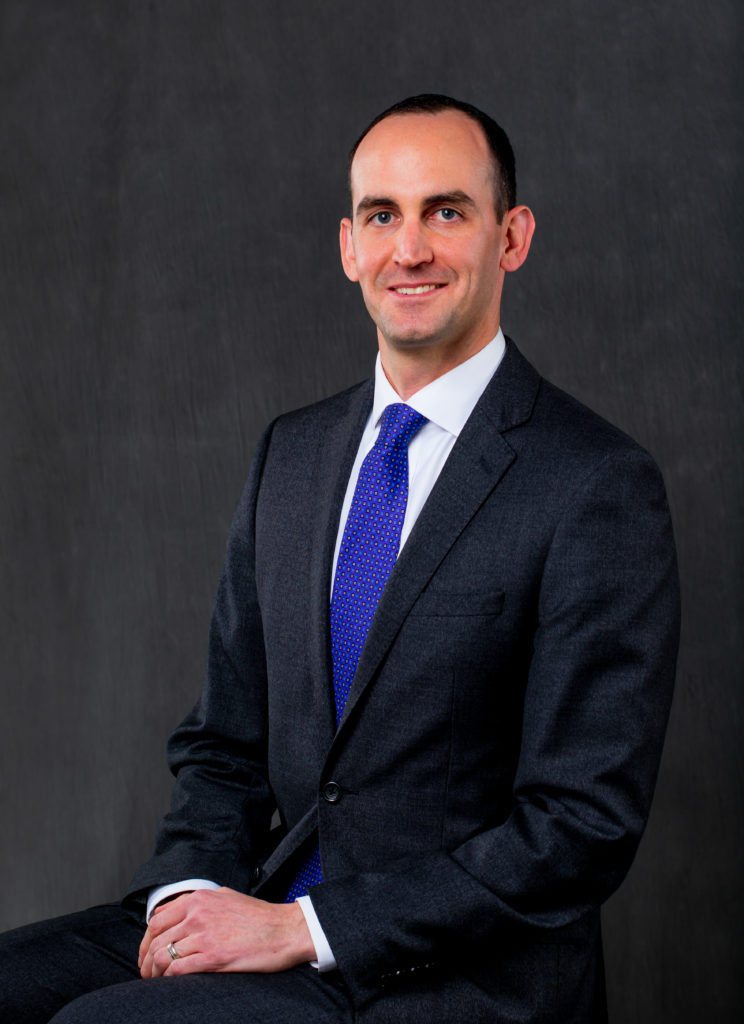By Emily Barske, Business Record editor
As the 2021 Iowa legislative session kicked off last week, the first four bills introduced in Iowa’s House of Representatives involved child care reform. That was before midday on Jan. 12, just the second day of the session, and before Gov. Kim Reynolds would also call for a greater focus on the issue in her Condition of the State address later that evening.
There have since been more related bills filed, and with business groups and other activists making child care a top priority, it’s likely the bipartisan issue will be front and center this session after much of the momentum in last year’s session was cut short by the coronavirus pandemic.
So what kinds of changes might we see? Here’s what’s being forecast.
Reynolds said public-private partnerships are key to addressing the nearly quarter of Iowans who live in a child care desert, which is an area where the demand for child care far exceeds the availability of providers and slots. She mentioned one such solution in Stuart, where the community came together to support the opening of a new child care center even during the pandemic. (This might sound familiar to you, Fearless readers, because Emily Blobaum wrote about and photographed the center a couple of weeks ago.)
“Let’s remove the obstacles to high-quality, affordable child care so that Iowa families can nurture their kids while parents maintain the maximum freedom to enter and remain in the workforce,” Reynolds said in her Condition of the State address.
Reynolds said she’s allocating $3 million to jump-start the Child Care Challenge Fund that was created last year to encourage employers, community leaders and others to collaborate in the development of child care facilities. She said she’s also using $25 million of child care development block grants to further promote child care startups.
While the pandemic has only magnified the problem, child care access and affordability have been an issue for years.
“Even when the coronavirus is a distant memory, Iowa will still need an abundance of high-quality child care so that families can prosper and children can grow,” Reynolds said.
Why it’s seen as a workforce issue
In the Business Record’s Legislative Forecast, child care was front and center among the panelists, who all lead organizations representing business and community development interests. (You can watch the event if you missed it.)
Andrea Woodard, senior vice president of government relations and public policy at the Greater Des Moines Partnership:

“[We’ll see the governor prioritize] what we’ve seen come out of the Economic Recovery Advisory Board – child care, broadband, looking at justice reform – those large projects that are going to help us recover from the economic impacts [of the pandemic] that we’ve seen and we’ll continue to see.
“I think her remarks always set a direction for what happens in the Legislature. … There’s three branches of government and a lot of individuals involved, but we’ll be looking for what her priorities are so that we can take topics like child care and say, ‘Great, you’re also on the same page. What more can we do to amplify those issues and sort of double down on the priorities of hers so that we’re achieving success at the end of the day?’”
Note: Woodard made these remarks ahead of the Condition of the State, but the governor did end up addressing child care.
J.D. Davis, vice president of public policy for the Iowa Association of Business and Industry:

“Pre-pandemic, employers … had the highest participation of workers in the state of Iowa, we had the lowest unemployment rates. We were trying to figure out how to crack the code on child care to get more people into the workforce. The pandemic arrives, people are leaving the workforce to care for children or to educate children. Solving [the child care] problem now is still in front of us – different reasons for needing to crack the nut.
“But we have to figure that out to get people back into the workplace, creating wealth for their communities, so that we have a robust general fund so that we can do things that the state government does.”
It isn’t an issue that will be resolved in one session, he said.
Dave Stone, advocacy officer for the United Way of Central Iowa:

“One of the things that we have that cuts across all income levels, cuts across all stations of life, is that child care is the most expensive item in the typical family budget here in Iowa – an average of $1,035 a month for full-time child care.
“Think of your mortgage or your rent payments; we typically think of housing as the number one expense for those families. But especially for young families with young kiddos who are just starting out, potentially earning a lower wage as they’re just starting their careers, child care represents an exorbitant portion of their overall household budget.
“Some of the things that we’ve been looking at: First and foremost is our state’s child care assistance program. This is for lower-income families that can get supplemental assistance from mainly federal sources of income, as well as some state appropriations, that helps supplement that really large cost for families. Think about what you may pay your hourly workers or your front-line workers or those who are approaching the minimum wage.
“[It’s] a Catch-22 – [someone is] working full time to afford child care, to go to work. It’s sort of a chicken and an egg problem. And so there’s a lot of folks in the workforce who do the math and realize it’s more affordable for one of us to stay home and take care of the kids. That would drop out a worker from the workforce and also just prevents additional growth for the skills of that individual.”
Other policy areas Stone said need to be addressed: reimbursement rates for child care providers and investments to improve the quality of available child care, particularly for those serving kids under 5 years old who are in critical development years.
Joe Murphy, executive director of the Iowa Business Council:

“We know that this pandemic is inversely impacting women in the workforce. More women are leaving the workforce to make that difficult decision to go take care of their children. And so what does that mean for future careers and future business success for them and providing for their families? It’s a real issue in this state. …
“We know that the governor’s Economic Recovery Advisory Board listed child care as the number one issue to address.”
Dustin Miller, executive director of the Iowa Chamber Alliance:

“It needs to be holistic. … Your approach to it can’t just be employee-based. There has to be thoughts towards employers, and honestly … [from] an entrepreneurial aspect, how do you get more people to see this as a viable business? …
“There’s people across the state that say, ‘Listen, I make widgets – I don’t watch kids. So don’t force me to do something. Help me provide a quality solution that’s affordable and safe for my employees’ children.’ … What are the flexible solutions that aren’t just ‘every employer should create their own day care center.’ There’s a lot of entrepreneurial approaches that we can use that we’re looking at.
“There is no one silver bullet solution, but we do have to recognize that the government, nonprofit and the business sectors absolutely have to work together to address and solve this problem once and for all. But one sector can’t do it alone.”

